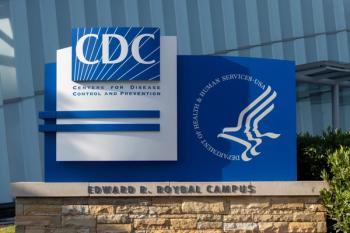
Defining Fatigue in Multiple Sclerosis May Advance Research
The lack of rigid fatigue descriptions in multiple sclerosis inhibit treatment advances.
Up to 92% of multiple sclerosis (MS) patients are
The new model of fatigue in MS is designed to overcome the lack of a unified definition of fatigue that can be objectively tested using experimental approaches. The study authors believe that a lack of effective research is caused by an inadequate definition of fatigue, reported
Although individuals primarily know what fatigue is, the lack of rigid descriptions make it difficult for scientists who are studying it. In fact, researchers know very little about why and how fatigue arises, and none of the current therapies treat the symptom in a satisfactory way.
Since fatigue is often perceived as one of the most burdensome symptoms of the disease, researchers instead proposed the model and definition as follows: Fatigue is the decrease in physical and/or mental performance that results from changes in central, psychological, and/or peripheral factors.
“When compared to advances made in other domains of disease status and disability in [people with] MS, fatigue continues to lag behind,” the study authors said in a report on News Today. “The lack of progress is largely due to the varying subjectivity in the definition and assessment of fatigue between researchers. Our proposed theoretical model provides specific areas of objective fatigue assessment that can be applied in research and intervention settings.”
The authors stated that the definition differs, in that it assumes fatigue cannot be tied to a particular bodily process, but instead is always influenced by many factors. These factors include differences in brain transmitters, brain metabolism, or inflammatory molecules.
Peripheral factors include muscle changes, and psychological factors can also have an impact on fatigue. Additionally, the definition takes into account that fatigue is most likely dependent on surrounding conditions, such as the task being performed and the environment.
The authors noted that an agreed upon definition of fatigue is only the first necessary step in understanding the issue, and that better experimental set-ups are needed. However, authors acknowledged that the proposed model is purely theoretical, and that more research needs to be done, reported News Today.
Newsletter
Stay informed on drug updates, treatment guidelines, and pharmacy practice trends—subscribe to Pharmacy Times for weekly clinical insights.




















































































































































































































